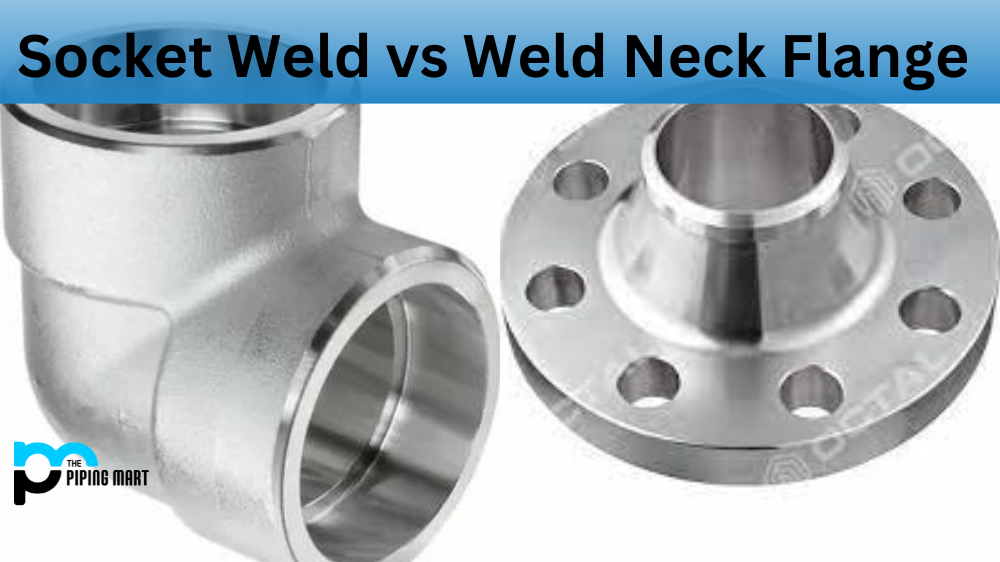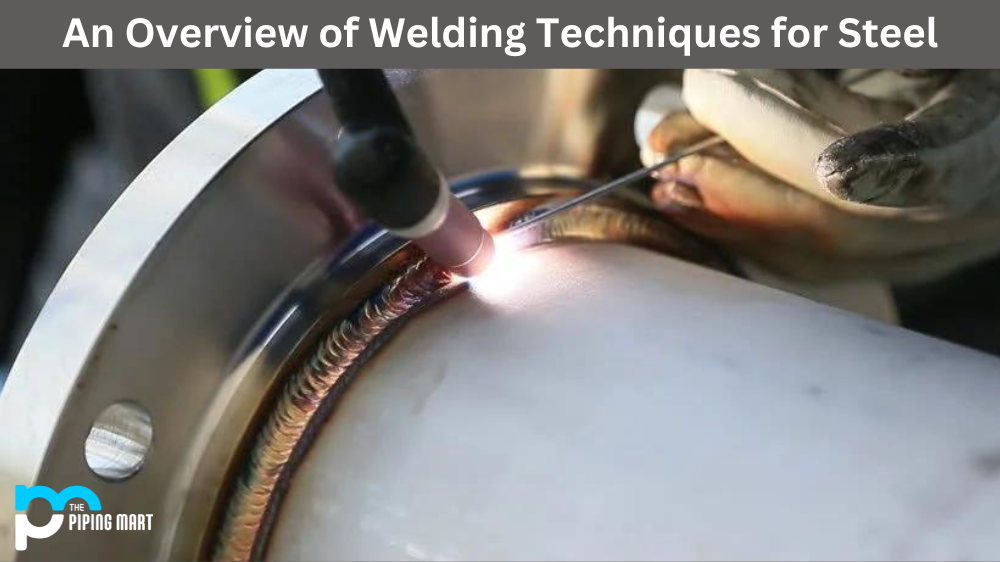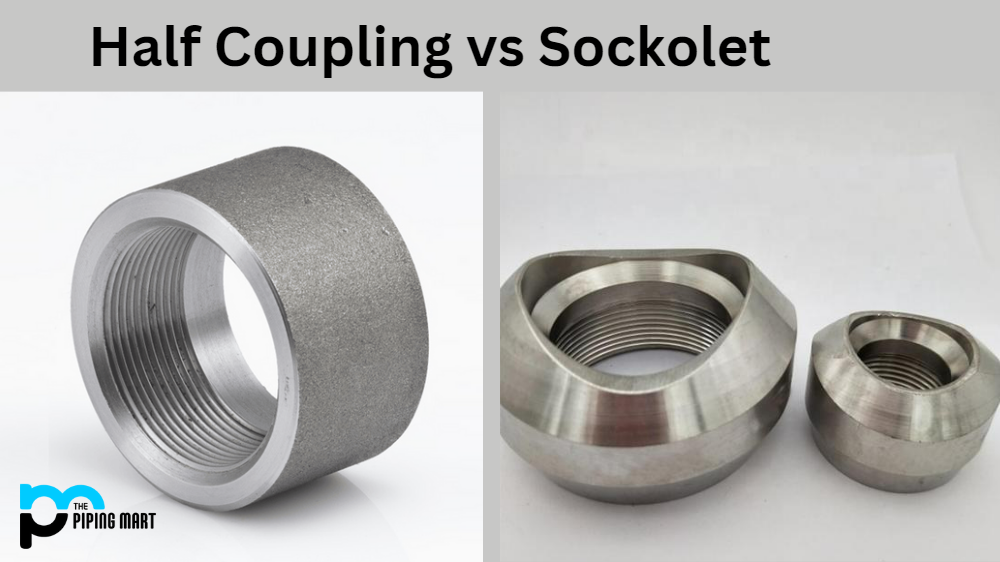If you’ve been looking for the right flanges for your industrial applications, you’ve probably come across two common flanges: socket weld and weld neck. Both are incredibly useful and have unique advantages that make them ideal for specific tasks. But what is the difference between socket weld and weld neck flanges? Let’s find out!
Socket Weld Flange
Socket weld flanges are designed for pipes that do not carry high pressure or temperatures. They are usually used on small-diameter pipes, even those with a diameter as small as ½”, as they require less space than other flanges. Socket weld flanges are connected to the pipe by welding both the inside and outside of the pipe to the flange itself. This creates a secure connection and ensures that no leaks occur. The great thing about socket weld flanges is that they can be easily assembled and disassembled without replacing parts.
Weld Neck Flange
Weld neck flanges are considered one of the most reliable flanges available due to their strength and durability. They are generally used in applications involving high pressure or temperature, such as in power plants or oil refineries. Weld neck flanges also provide an advantage over other flanges because they can be easily inspected for defects after installation. To install a weld neck flange, you need to attach it to the pipe using techniques such as tungsten inert gas (TIG) welding or shielded metal arc welding (SMAW).
Difference Between Socket Weld and Weld Neck Flange
Flanges may seem like a simple component in the world of piping, but there are actually quite a few different types to choose from. Two common types are socket weld and weld neck flanges. So, what’s the difference? Well, the main distinction is that weld neck flanges have a long tapered hub that gradually transitions into the pipe they’re being welded onto. This design helps to reduce stress and turbulence in the joint. Socket weld flanges, on the other hand, have a socket or bore in the center that slides over the pipe before welding. While both types of flanges are effective, the choice between them ultimately depends on the specific application and preference of the user.
- A socket weld is a type of weld made by inserting a pipe into a recessed fitting area. This allows for a strong and secure connection between the two pieces.
- A weld neck flange is a type of flange with a neck extending out from the body of the flange. This neck is then welded to the pipe, creating a strong and secure connection.
- Socket welds are typically used for smaller-diameter pipes, while weld neck flanges are used for larger-diameter pipes.
- Socket welds are easier to make than weld neck flanges, but they are less strong. Weld neck flanges are more challenging to make, but they are much more substantial.
- Socket welds are less expensive than weld neck flanges but are not as durable. Weld neck flanges are more expensive, but they will last longer.
- Socket welds can be used in applications where welding is not possible or practical, such as in high-pressure situations. Weld neck flanges can also be used in these situations, but they are more likely to leak.
Conclusion:
Both socket weld and weld neck flanges have advantages that make them ideal for certain industrial applications. Socket welds are best suited for low-pressure systems with smaller-diameter pipes, while weld necks work best in high-pressure systems with larger pipes due to their increased strength and durability. Knowing which type of flange works best for your application will help ensure that your system remains safe, secure, and leak-free!

Meet Bhavesh, a seasoned blogger with a wealth of knowledge and experience. From metal products manufacturing to retail, Bhavesh has a diverse background in various industries and is dedicated to sharing his insights and expertise with readers.




